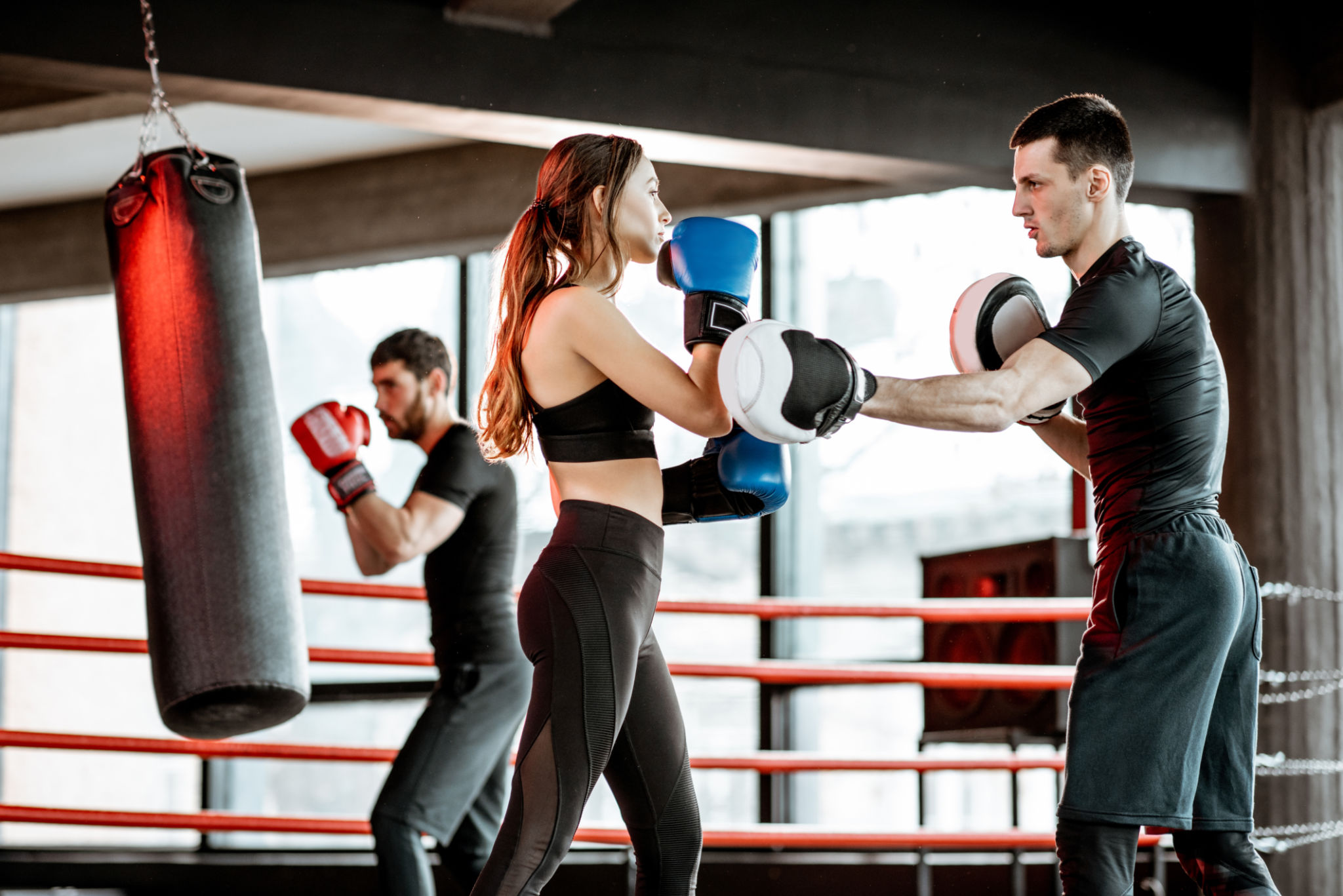Expert Tips for Mastering Boxing Techniques at Protege Boxing
Understanding the Basics
Mastering boxing techniques begins with a solid understanding of the basics. At Protege Boxing, we emphasize the importance of foundational skills such as stance, footwork, and basic punches. A proper stance provides balance and agility, allowing you to move swiftly and defend effectively. Make sure your feet are shoulder-width apart, knees slightly bent, and hands up to protect your face. This will set the stage for all advanced techniques you’ll learn.
Footwork is equally crucial as it dictates your ability to dodge, attack, and counter-punch efficiently. Focus on maintaining a light bounce on your toes to stay agile in the ring. Practicing these basics regularly will enhance your overall performance and prepare you for more complex moves.

Punching Techniques
Punching is more than just throwing your fists forward. It involves precision, timing, and power. The four fundamental punches in boxing are the jab, cross, hook, and uppercut. Each punch has its unique role in offense and defense. For instance, the jab is a quick, straight punch that is ideal for measuring distance and setting up other punches.
To maximize your punching power, focus on using your entire body rather than just your arms. Rotate your hips and shoulders while keeping your core engaged. This technique will not only increase the power but also improve efficiency. Remember to practice combinations to keep your opponent guessing and off-balance.

Defensive Strategies
Defense is just as important as offense in boxing. At Protege Boxing, we teach our students the art of anticipation and reaction. Key defensive techniques include blocking, slipping, and weaving. Blocking involves using your arms to defend against incoming punches, while slipping requires you to move your head to avoid being hit.
Weaving incorporates a slight bend of the knees to duck under punches. These strategies help you conserve energy during matches by making your opponent miss. Additionally, focus on improving your reflexes through drills and sparring sessions.
Conditioning and Strength Training
Physical conditioning is a cornerstone of successful boxing. To excel in the ring, you need a blend of strength, speed, and endurance. At Protege Boxing, we include various conditioning exercises to enhance these attributes. Cardiovascular workouts such as running or skipping rope improve stamina, while strength training increases power.

Plyometric exercises like jump squats or box jumps are excellent for building explosive strength and speed. Incorporate these exercises into your routine at least three times a week for optimal results. Remember that rest and recovery are equally important to prevent injuries and ensure continuous improvement.
Mental Preparation
Boxing is as much a mental sport as it is physical. Mental toughness can often be the deciding factor in a match. Visualization techniques and mental rehearsals are effective methods for preparing your mind for competition. Picture yourself executing strategies perfectly and overcoming challenges in the ring.
Developing a pre-fight routine can also help calm nerves and prepare you mentally for a fight. Consistency in practice and maintaining a positive mindset will build confidence over time.

The Importance of Sparring
Sparring is an essential component of mastering boxing techniques. It provides a platform to apply what you’ve learned in real-time scenarios against an opponent. During sparring sessions at Protege Boxing, focus on implementing your techniques while observing your opponent’s movements.
Sparring helps develop timing, rhythm, and adaptability, which are crucial for actual matches. Always ensure you spar with protective gear and under the supervision of a coach to maximize safety and learning.
Continuous Learning
The world of boxing is ever-evolving, with new techniques and strategies emerging regularly. To stay ahead, embrace a mindset of continuous learning. Attend workshops, watch professional matches, and seek feedback from experienced trainers at Protege Boxing.
Engaging with other boxers can also provide fresh perspectives and insights into improving your skills. Remember that even seasoned boxers continuously refine their techniques to maintain their edge in the ring.

Setting Goals and Tracking Progress
Setting achievable goals is essential for motivation and progression in boxing. Break down your long-term aspirations into smaller, measurable objectives that can be regularly assessed. For instance, aim to improve your speed or master a new combination within a set timeframe.
Tracking progress helps identify areas that need improvement while celebrating milestones boosts confidence. Keep a training journal or use fitness apps to monitor your development consistently.